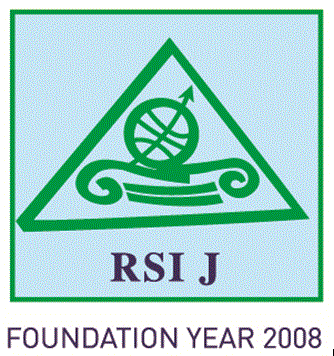Svetlana RASTVORTSEVA
World Economy Department – National Research University Higher School of Economics, Russia, http://www.hse.ru
Srartvortseva@gmail.ru
Abstract
The paper deals with the issues of economic activity location in the Russian regions, that is influ-enced not only by factors “first nature” – the presence of minerals, fertile land, favorable geographic position, but also factors of a “second nature”, in particular, the agglomeration effects and the econ-omy of scale. Analysis of geographic concentration and regional specialization reflects the general trend of the location of industrial production, investment and human resources, provides the necessary information basis for a balanced economic policy.
Keywords: New Economic Geography, Regional Economics, Location Theory, the Geographic Concentration of Economic Activity, Regions of Russia
JEL classification: R11, R12
